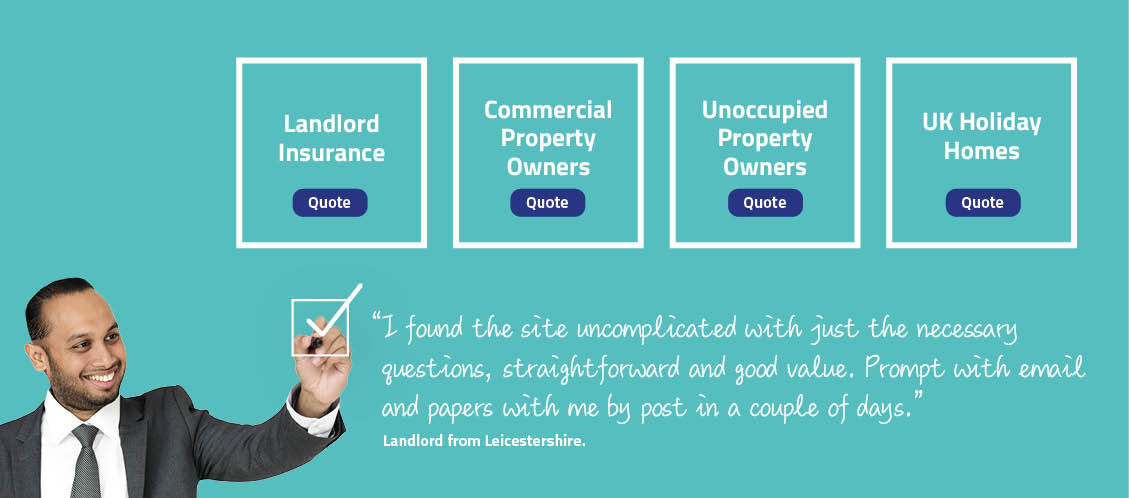Buy to let properties are obviously no safer from then risk of flooding than any other.
While you might take a modicum of consolation from the fact that you are not actually living there, if you are the landlord of buy to let property that is flooded, you still have to deal with the colossal mess and consequences – the time-consuming hassle and energy of trying to sort things out.
On the strength of that old maxim that being forewarned is to be forearmed, here are some suggestions for preparing for the possibility of flood damage to buy to let property if you are a landlord:
Be prepared
- given the unpredictability of the British weather, flooding can occur at practically any time of the year and in almost any part of the country;
- even so, you can prepare for that possibility by assessing the current status of any risk to your property by consulting the government’s official Flood Warning Information Service – just key in the postcode of the property and you can view any long-term flood risks or current flood warnings;
Be insured
- in the light of any potential threat to loss or damage of your property, of course, your mind turns first to insurance;
- safeguarding against the risk of loss or damage to your buy to let property calls for exactly the same precaution – make sure you have adequate flood insurance;
- unfortunately, the Flood Re scheme which helps insurers keep flood insurance premiums lower does not apply to buy to let property – but that makes it all the more reason why you need to check that your let property is adequately covered against the risk of flooding;
Understand your insurance
- reread your buildings cover policy so that you are clear in your own mind about what is and is not covered and whether your policy provides new for old replacement for your belongings;
- some policies may also provide financial assistance towards the costs of cleaning and safety inspections for gas and electrical appliances – here at Cover4LetProperty, we can help advise you in this respect;
In the event of flood damage – make your claim
- your landlord’s insurance provider will require details when you lodge your claim – so, make a list of the damage to the property and those contents that belong to you (your tenants will obviously have to claim on their own contents cover for their belongings);
- take photos of any damage and leave any other evidence, such as a mark on the walls showing the level to which flood waters rose – so that you have a comprehensive record;
- if you have photos of your property prior to the flood then that may also help with your claim;
Record the progress of your claim
- keep a record of all conversations and contact with your insurance providers, particularly relating to any emergency work that needs to be carried out in advance of your formal claim;
- be sure to keep all related receipts and work quotes so that you can claim for the reimbursement of these expenses;
- don’t just throw damaged items away – your insurance provider or loss assessor may need to see these as part of their investigations, although spoiled food may be an obvious exception;
- you might also want to check your policy to see if it provides you with protection for loss of rental income if your tenants have to vacate your property while repairs are carried out – naturally, that could make a significant difference to your finances.
Remember too that there may be a few things that you can do to perhaps minimise the effects of such a flood should it happen again. Some of these may be fairly simple like using ceramic tiles and rugs on ground floors rather than fitted carpets.
Historic England – who know a thing or two about flood prevention down through the ages – have published a guide on making a home flood resistant and resilient. You might want to take a look at it.








